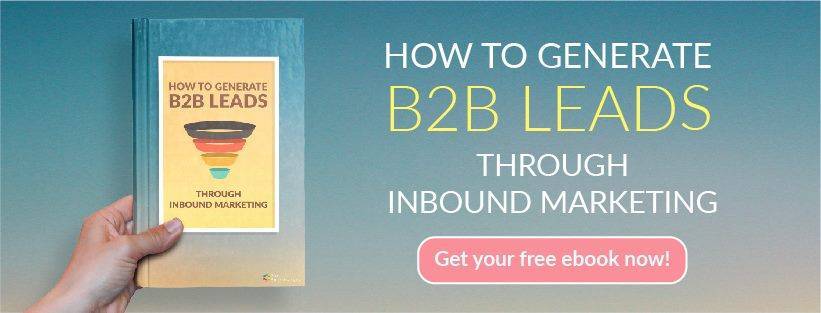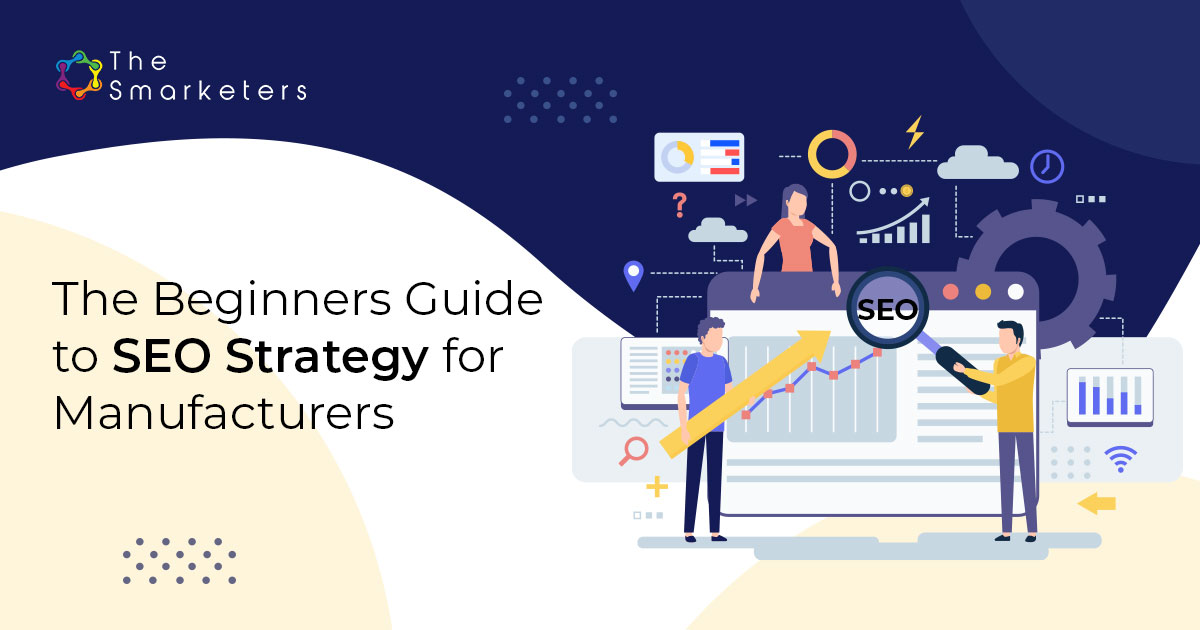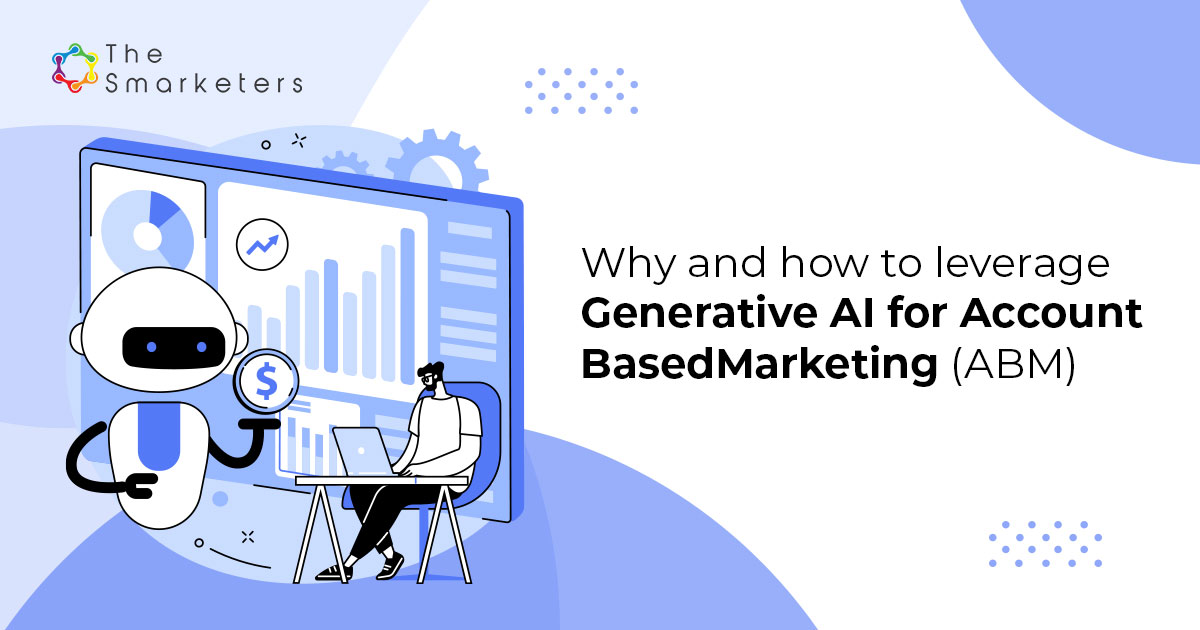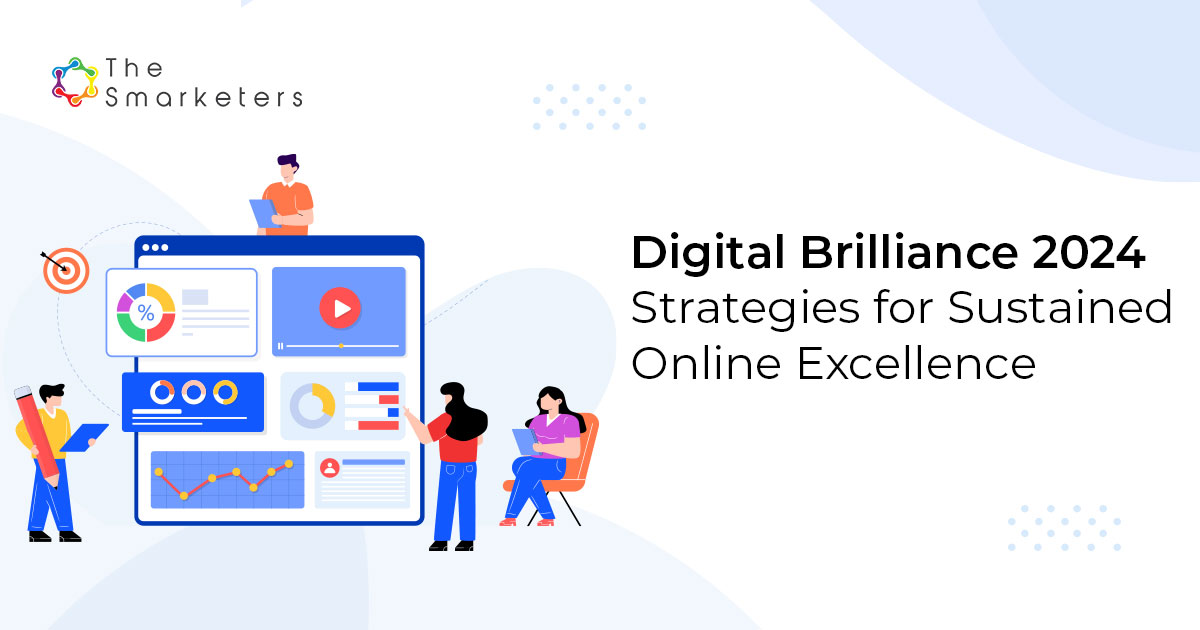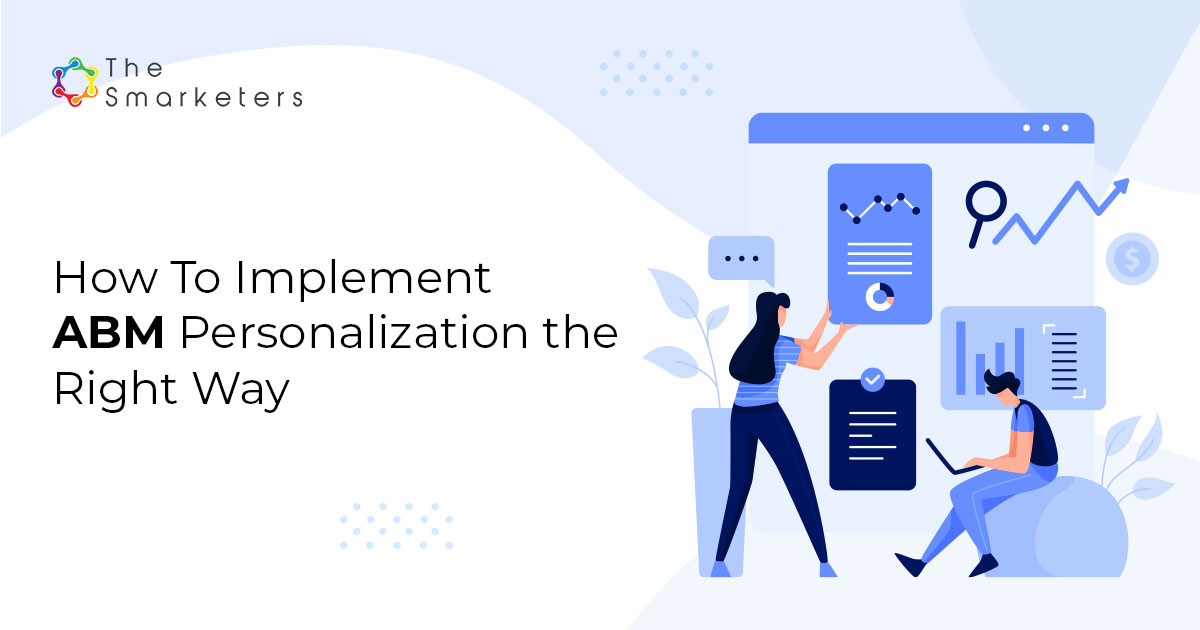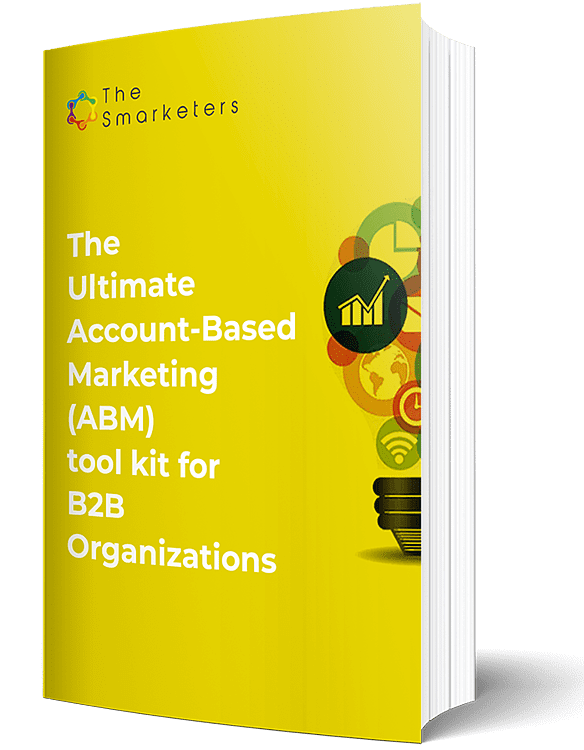How do most companies measure their success in the target market? They either look at the leads generated over a defined period, the support tickets that came in through a campaign, the tickets resolved by the support and sales teams, the number of demos or free trials confirmed, and more similar customer metrics.
But if you note, all the metrics mentioned above are activity-based. They nowhere consider how customers responded to those activities or whether the customers liked engaging with them. Most B2B marketers would draw assumptions from their campaign performance metrics to define their customer success.
Now, what if we said some metrics could determine your customer success?
Customer success metrics that matter
1. Customer health score
Often, customer success is restricted to only being able to resolve their immediate concerns. But true customer success is when the customer can make the most of your product/service. When they’re able to achieve the goals they intended to when they subscribed to your business or purchased from it.
A few questions you should continually ask your customers to gauge their health include:
- What goals are they trying to achieve with your product/service?
- How often is the customer using your product/service?
- How successful are your customers at achieving goals about your product/service?
- What impact does it have on your customer’s business?
- Are they still facing the same challenge, or has it turned into a strength for their business?
2. Customer satisfaction
Many companies measure customer satisfaction based on how many support tickets were resolved. They also consider what the customer has to say about the support rep. But they leave out the one thing that is equally important – knowing how satisfied the customer feels towards your brand or the product/service they have purchased from you.
This is important because only a positive experience will have the customers coming back to your business. The best way to measure this metric is by using the NPS (Net Promoter Score).
A few things to include in the survey are:
- How does the customer feel about your business in general?
- How does the customer feel when interacting with your business?
- Does the customer feel satisfied with the pre-sales support?
- Does the customer feel happy with the post-sales support?
- Does the customer feel satisfied with the purchase in general?
- Would the customer recommend your product/service to someone?
- Space where they can provide a reason for the score they give you
Pro tip: If you want to ensure a good rating, focus on forming a solid relationship with every customer. This is where the marketer, salesperson, and the support team need to be on one page.
3. Customer feedback
In a competitive market where a typical consumer has the option of choosing from at least five similar companies, it is essential to know what your customers are saying about you. Or what they’re saying about the products/ services you offer. With 90% of consumers admitting that a business’s online review influences their purchase decision, this is a critical customer success metric.
Asking for customer feedback frequently can help businesses identify loop hopes in their customer lifecycle and identify leaks. Giving your customers a chance to offer their advice to the company is also a great way to build long-lasting relationships, improve customer lifetime value and reduce your churn rate.
Collecting customer feedback through interviews, surveys, or simple questionnaires can help prevent negative reviews from going online. Undoing a negative review online takes much longer than fixing it beforehand.
Pro tip: When seeking feedback, don’t just include questions about your product or service. Include questions that ask about how the customer feels about your business.
4. Monthly recurring revenue
Monthly recurring revenue (MRR) is a customer success metric used to determine how the number of customers or their spending on your products/ services has increased. This is the amount of money your customers are spending on your products/ services in a month.
This is one of the most critical customer success metrics for SaaS businesses that operate on a subscription model.
To calculate this metric, all you need to do is add up all the revenue generated from non-recurring purchases. It could be from your loyalty program, up-sell or cross-sell campaigns or add-on purchases made by a customer on a one-time basis.
The metric helps you see how much your customers are willing to spend on premium offers. You can customise and personalise your campaigns accordingly to generate more revenue per customer.
5. Churn rate
One of the most critical customer success metrics is the churn rate. It is the ratio of the number of customers who did not renew their purchase, cancelled a subscription or abandoned the product/ service over the total number of customers acquired initially.
There are two types of churn you should be looking at here – customer churn and revenue churn.
Customer churn refers to when a customer cancels their subscription or does not renew it when due, and the total number of customers lost this way. Revenue churn is simply the measure of the loss in revenue caused by the customers who churned from your business.
6. Customer lifetime value
The customer lifetime value (CLTV) estimates the average gross margin a customer contributes over the life of the customer.
An existing customer is 70% more likely to reconvert through a campaign, bringing in more revenue than the amount spent on acquiring a new one. This customer success metric is a must for product managers and even business owners.
The customer lifetime value (CLTV or LTV) can be calculated by dividing the average revenue per customer account by the customer churn rate.
7. Customer retention costs
Studies have proven that acquiring new customers is 5 times more expensive than retaining existing ones. But that doesn’t mean your company is not spending its resources on keeping existing customers engaged throughout their lifecycle.
Customer retention cost is also a critical success metric. It gives you an idea of how much your company is spending on technical support for existing customers and what resources are being used to keep them engaged and run up-sell campaigns.
The metric is an addition to the cost of your customer success team, account management team, customer engagement programs, post-purchase services, and training and marketing.
In addition to understanding what it takes to retain a customer account, the customer retention cost also helps see what sells and what gets adopted the fastest. Be it in terms of the product’s existing features that are popular or those that are being requested for the most.
Many SaaS companies measure this customer success metric as it is best suited for subscription-based models.
8. Expansion MRR
The goal of measuring customer success is to identify how effectively a business offering is taking over a market. But it also is a measure of how well you’re able to retain customers and, at the same time, acquire new ones. That’s where the expansion MRR comes in.
The customer success metric measures the additional recurring revenue you obtain from existing customers. This could be through impeccable customer service and support, upsell or cross-sell campaigns and product recommendations.
The metric also indicates how your existing customers are receiving more value from your products/ services. A higher number means that your product/ service usage is increasing. The greater the increase, the more likely the customer will stick to the business. If the expansion MRR is low, you know your customers are churning faster than you thought, and you’re losing more revenue.
To calculate this customer success metric, all you need to do is add all the revenue you have additionally gained from existing customers in a defined period.
What customer success metrics should you be measuring?
Every business has a different target market. Similarly, every target market has another way of interacting or engaging with the company. This makes the customer success metrics for every business vary based on their goals.
So before you start measuring the above, ask yourself what your goal is, what you want to know from your customer success metrics and how you plan on using the data. This will help keep your efforts streamlined and focused on what matters the most.
But remember, your customer success metrics are not just about how well your support team is doing. It is also about how your customers feel!


